I love Italy in August. Long and lazy days vaguely structured around where and what you’re going to eat next, the endless sunshine, the virtually limitless alfresco dining options, quieter cities and livelier seaside towns.
And then, there is Ferragosto.
For the uninitiated, Ferragosto can be a perplexing and frustrating experience that leaves you scratching your head wondering “where has everyone gone” – or worse, “why is everyone here?”
Part holy-day, part full-blown fiesta, Ferragosto takes place every year in Italy on August 15th. Officially, it’s a one-day national bank holiday, but it can trickle into the week preceding and the fortnight following the actual event, as most Italians take their holidays around then.
So, what can you expect and how can you make the most of it?
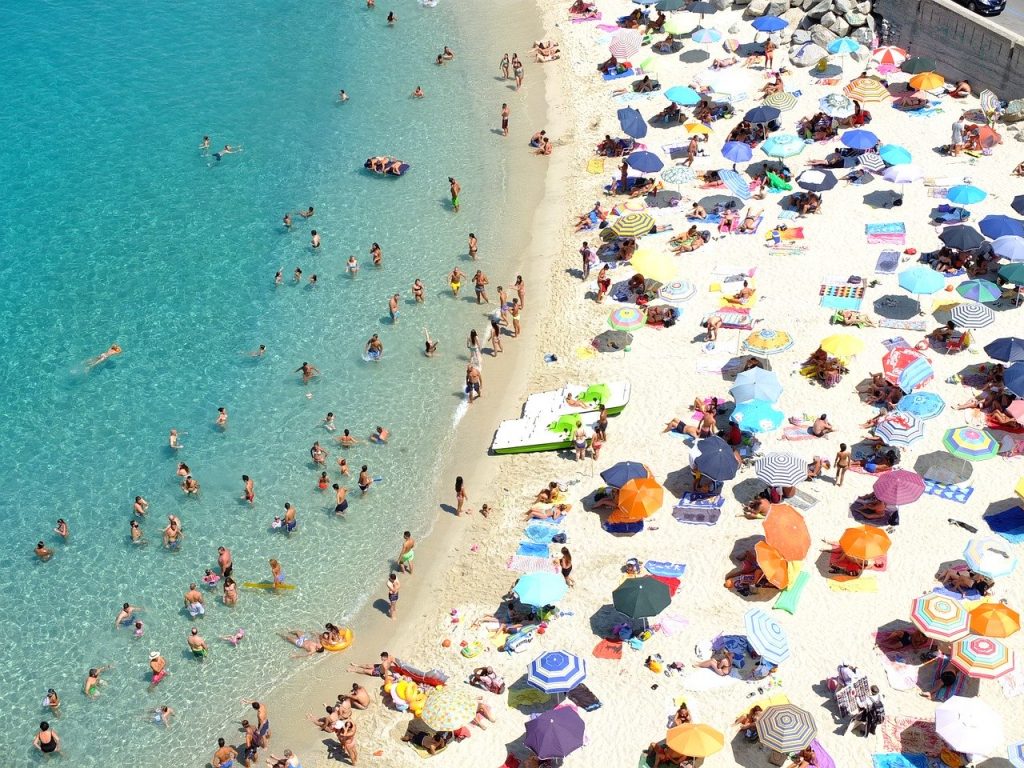
A (sort of) Roman Holiday
Ferragosto commemorates the Feast of the Assumption of Mary, but its roots actually pre-date Catholicism.
It derives from the Latin Feriae Augusti, meaning ‘Augustus rest’, which was introduced in 18 BC by Emperor Augustus to celebrate the end of the agricultural working year and give thanks to Conso – the God of Earth and Fertility. Workers would celebrate this period of rest and revelry with performances, horse-races and games, some of which continue today.
However, it wasn’t until the 1920s that Ferragosto became a national holiday, when Mussolini introduced ‘The People’s Trains of Ferragosto’. This populist scheme offered special travel discounts for workers to leave the city and travel to mountain and seaside resorts, or to other Italian cities. Workers would bring packed lunches, since food wasn’t included in the scheme, and thus was borne a Ferragosto tradition.
What to Expect
As a general rule of thumb, most places in Italy either get very busy or very empty.
Typically, most Italians take their holidays around Ferragosto, so towns and cities tend to be much quieter than usual. But while you may find fewer crowds, it definitely doesn’t mean the whole country ‘shuts up shop’.
You may find yourself confronted with a few ‘chiuso per ferie’ (closed for holidays) signs in smaller towns and cities but many cultural institutions stay open. So, if you’re visiting Florence, Ferragosto could be your perfect opportunity to explore the Uffizi or Palazzo Pitti.
And, if you’re staying by the beach, lakes or mountains over Ferragosto weekend, make way for some visitors!
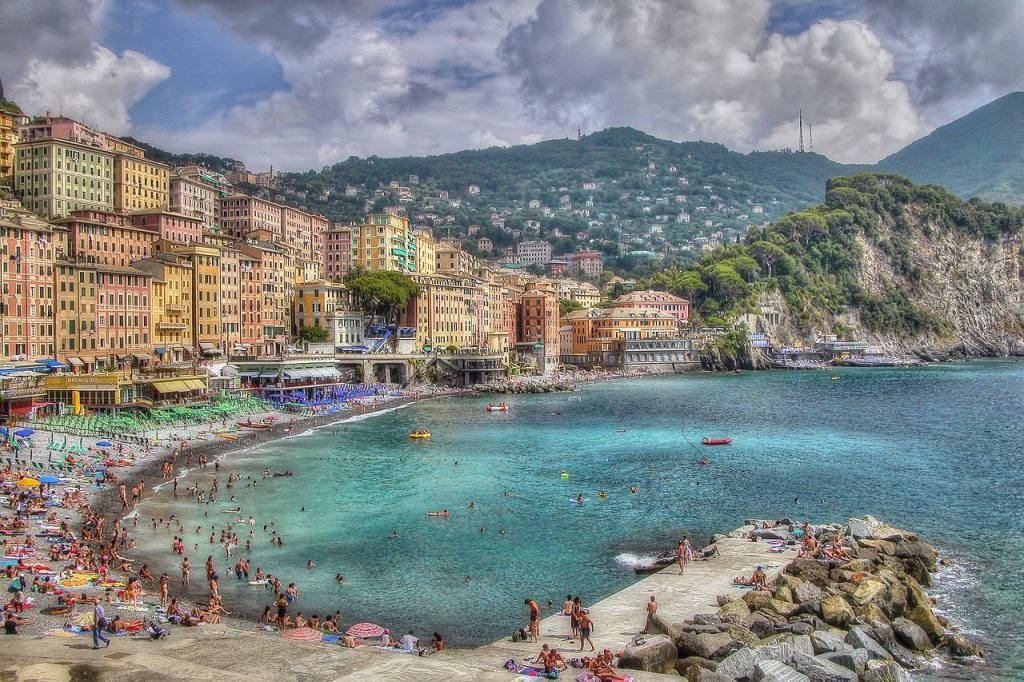
Celebrate like an Italian
Ferragosto is a frenzied celebration of the summer and one of the most exciting dates in the Italian calendar. All across the country, hundreds of celebrations take place over Ferragosto – from religious processions and ancient palios, to beach parties and food festivals. While some of these celebrations have been postponed or cancelled in 2020, lots of festivals are still going ahead – albeit slightly altered – so it’s worth checking with the local tourist board to see what’s going on in the local area.
To give you an idea of the sorts of celebrations that typically take place across the country, here are a few of our favourites.
In Tuscany…
One of the most iconic Ferragosto celebrations in Italy takes place in Siena on August 16th – the Palio di Siena – which sees ten horses (each representing a different district) race around the Piazzo del Campo to compete for the year’s Palio. The first part of the palio takes place in June.
Further West, in Porto Santo Stefano, a very different – but nonetheless exhilarating – sort of palio takes place. Celebrating the rich seafaring tradition of the town, the Palio Marinaro dell’Argentario is a waterfront competition between the four districts of the town. It has been celebrated since the 18th century, when allegedly a traditional fishing boat escaped the evil clutches of pirates along the Tyrrhenian coast.
Or, in the hilltop town of Anghiari, visitors can indulge in Tovaglia a Quadri – an immersive performance and four-course gastronomic feast to celebrate traditions and tales of the town and true Tuscan folklore.
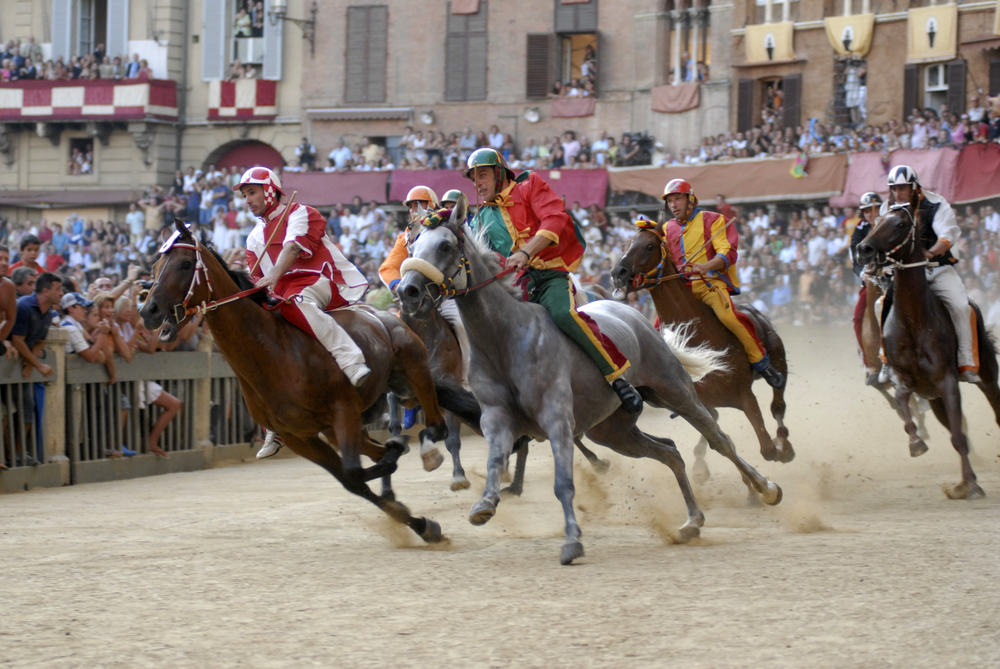
In Le Marche…
Many of the region’s Ferragosto festivals pay tribute to its medieval history. The small town of San Ginesio has allegedly hosted thePalio di San Ginesio since 1258, initially as a means to keep the local population in shape for warfare. Thankfully, the festival is now less about keeping fit and more about having fun, where more than 250 locals don period costume to recreate the medieval spirit of the town, with jousts, crossbow, archery competitions and medieval performances.
Meanwhile, in Sarnano, Castrum Sanani invites visitors to dip into the Middle Ages with a medieval takeover of the whole town. Expect everything from fortune-tellers, to falconers, to fire-eaters.
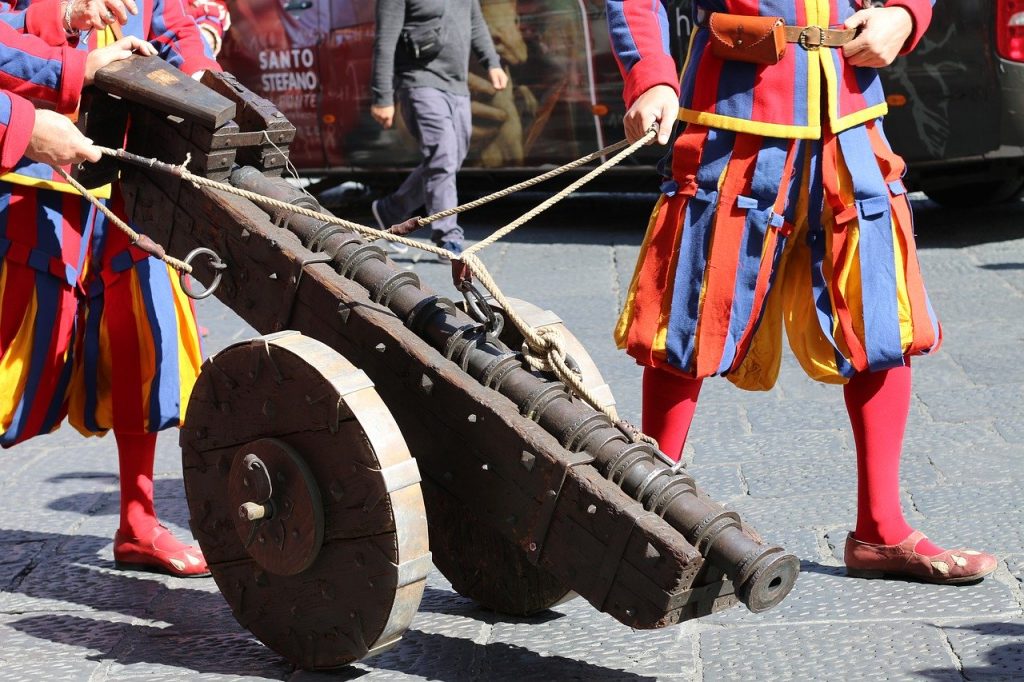
By the Lakes…
If you’re staying in Lake Garda, Limone sul Garda boasts the ‘Yellow Night’, which sees the whole town decorated in yellow to celebrate its namesake – lemons – with entertainment, markets and fireworks marking the occasion too.
The Palio dele Contrade is another exciting festival that takes place in the south of Lake Garda, where gondolas representing the town’s nine districts race across the stretch of water between the port and town hall.
Visitors staying by Lake Maggiore should visit the small town of Ranco, in Varese, for the Feast of the Assumption Underneath the Willow or “Ferragosto Sotto il Salice”; a beautiful Ferragosto festival featuring orchestras, fireworks and lots of local lake fish.
And in Laveno, visitors will be enchanted by the procession of burchielli – traditional boats which are decorated with tiny lights and paraded across the water in a sort of boat beauty parade which is judged by the local mayor.
As you might expect, some of the largest festivals around Lake Como can be found in Schignano, Intelvi Valey, Bellano and Como, but one of the most interesting takes place in Gravedona. On the 14th August, Gravedona hosts a huge “Carnevale” – a masquerade celebration on boats that culminates in a spectacular firework display.
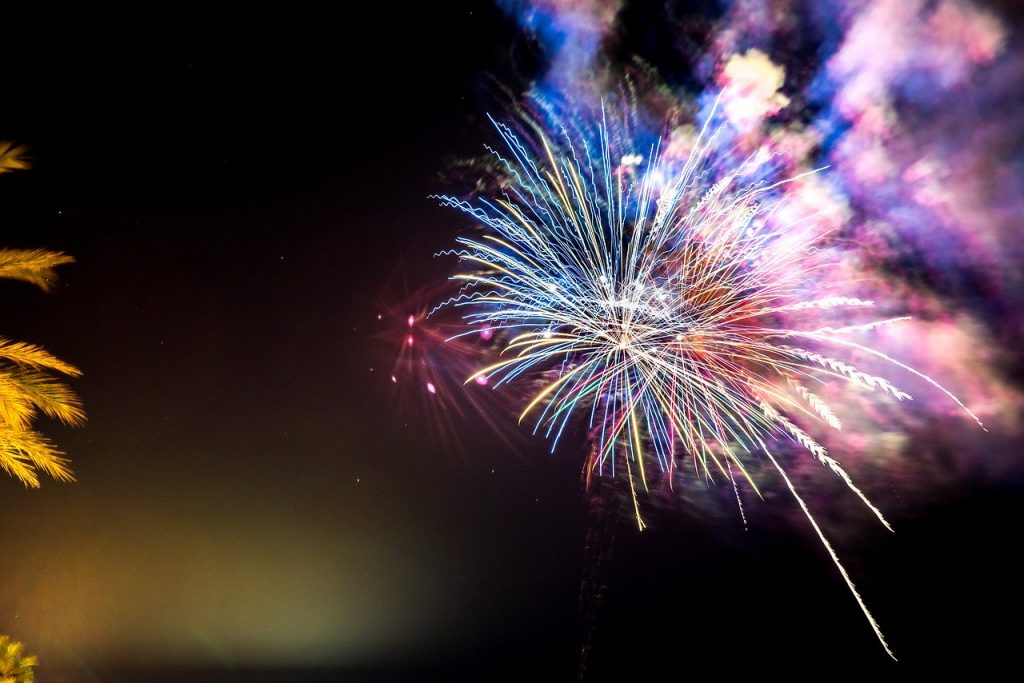
Buon Ferragosto!
With fewer international tourists and tighter regulations around crowds, this year’s Ferragosto celebrations are sure to be a little different. But, while there may be fewer fireworks and fewer bodies on the beaches, the sentiment will be more relevant than ever; an opportunity to get together to celebrate, reflect and breathe a collective sigh of relief. Buon Ferragosto!
A massive thank you to Allie from Living in Italian for this guest post on the Bookings For You blog. If you’d like to learn more from Alessandra, then do head over to her blog to find out more.
